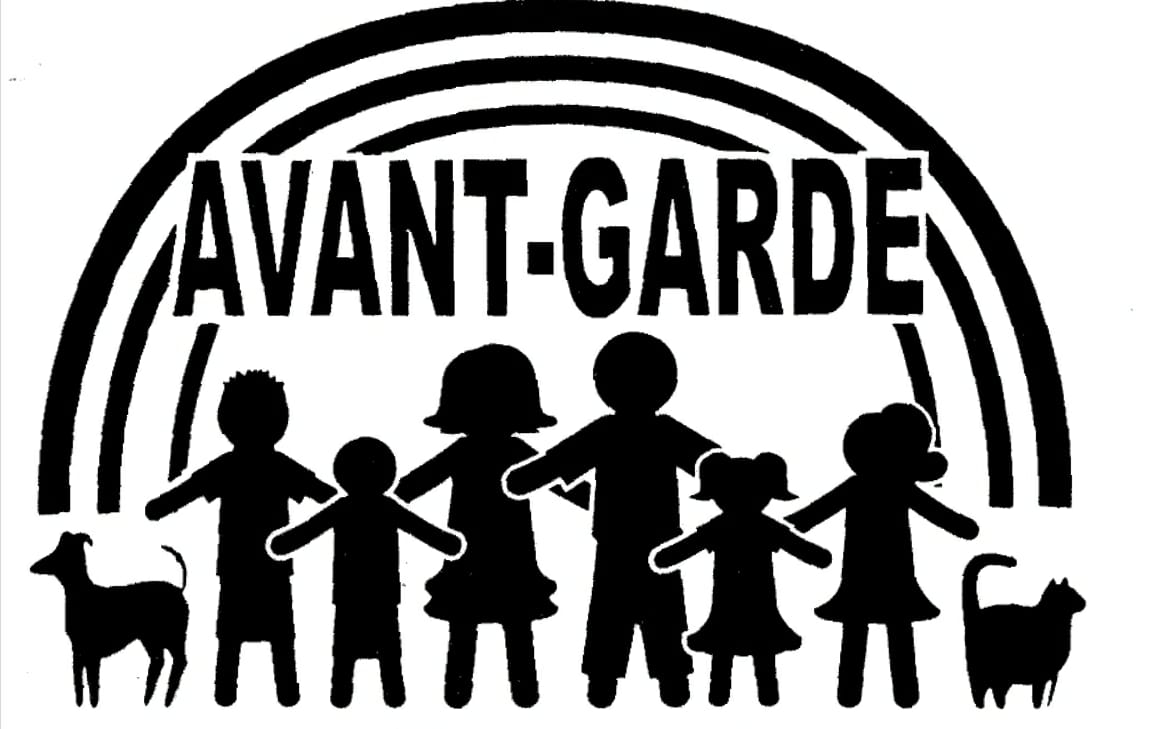
Every foster parent imagines taking in a neglected child and providing a loving home environment. But often the foster child is withdrawn and angry with challenging behavior issues. There is no love connection.
On the one hand, the child doesn’t want to be there, so some of these behaviors are normal. But for some children, they simply are not wired to connect with an adult. Those connections are made in the early stages of a child’s life, and if the parent was neglectful or abusive, the ability to bond might not have been developed.
Connecting emotionally with a foster child is vital for everyone. A disconnected child will not be responsive to your discipline efforts. They just do not care. Developing this connection provides the child with a sense of security and opens the door for love to enter in.
A child must first have their basic physiological needs met, like food, shelter, and sleep before they can really experience love and connection. It may take time for the child to gain trust that these things are secure before they can begin to trust emotionally.
Below are eight suggestions for developing an emotional connection between caregiver and child.
1. Rocking
Rocking allows the caregiver to have a close physical connection with the child. It has been shown that rhythmic movement actually helps to connect neurotransmitters that failed to connect during the time the child was neglected. Rocking relaxes the mind and body and creates a trust connection between the child and adult. And rocking isn’t just for babies. Even an older child can benefit from the rhythmic motion of rocking or swinging. 
2. Create a LifeBook
Taking time to help a child build a Lifebook has many benefits that you can read about here. Most importantly, it helps to create a sense of belonging and self-identity. The time you spend working on this project together will be very meaningful. 
3. Read a Book
Almost all children like to be read to. Reading to a child requires your time and attention, demonstrating to the child that they are of value. It also improves listening skills, reading skills, and imaginative thought. By reading books relevant to them, you are teaching little lessons along the way. Check out this collection of foster care related books. 
4. Eye Contact
By design, the distance between a nursing baby’s face and the mother’s face is the perfect distance for a baby’s focus. Talk and smile while holding the baby during bottle feedings. With older toddlers and young children, get down on the child’s level for a better connection. Make this a positive experience, not a time for discipline. For many children with attachment issues, eye contact is nearly impossible. Don’t expect too much too soon. Try looking at each other in a mirror to start. 
5. Undivided Attention
Get down on the floor and play with the child. It’s not necessary to interact in the beginning. Simply being there and doing the same thing is significant. Eventually, the child will initiate interaction, and you can guide the play time. Another way to show attention is by taking the child out for a “date.” One-on-one time shows the child that he or she is special and gives you both time to get to know each other outside of the distractions of home life. 
6. Work Together
Another way to show undivided attention is to cook or bake together. Other chores, like laundry or yard work, can also create a time of bonding. Keep it age and skill appropriate to avoid frustration. Relax and make it fun. Learning life skills builds self-confidence and can make a huge difference in a child’s future. 
7. Eat Together
The family table is important for any family. Eating dinner together has been shown to create a strong family bond. It’s a time for everyone to share their day, talk about what’s happening, or tell a funny story. Try not to let food issues ruin the experience. When picking your battles, think whether food battles are really worth the cost.
8. Give it time
A child who has experienced trauma and neglect may take years to bond. Your goal is to make a connection that provides a sense of security to the child and gives you the ability to communicate more effectively. Take your time and celebrate any forward progress. Don’t get discouraged. Don’t hesitate to get professional help from a therapist if you need it. 
Patience and understanding are crucial ingredients for successful foster parenting. Your agency social worker is your ally and partner every step of the way. By taking the steps necessary to reach a child’s heart, you will bring healing and greatly increase the child’s chances for a successful life.
Article written by Cindy White Horvath. She can be reached at cindy@avgffa.org


